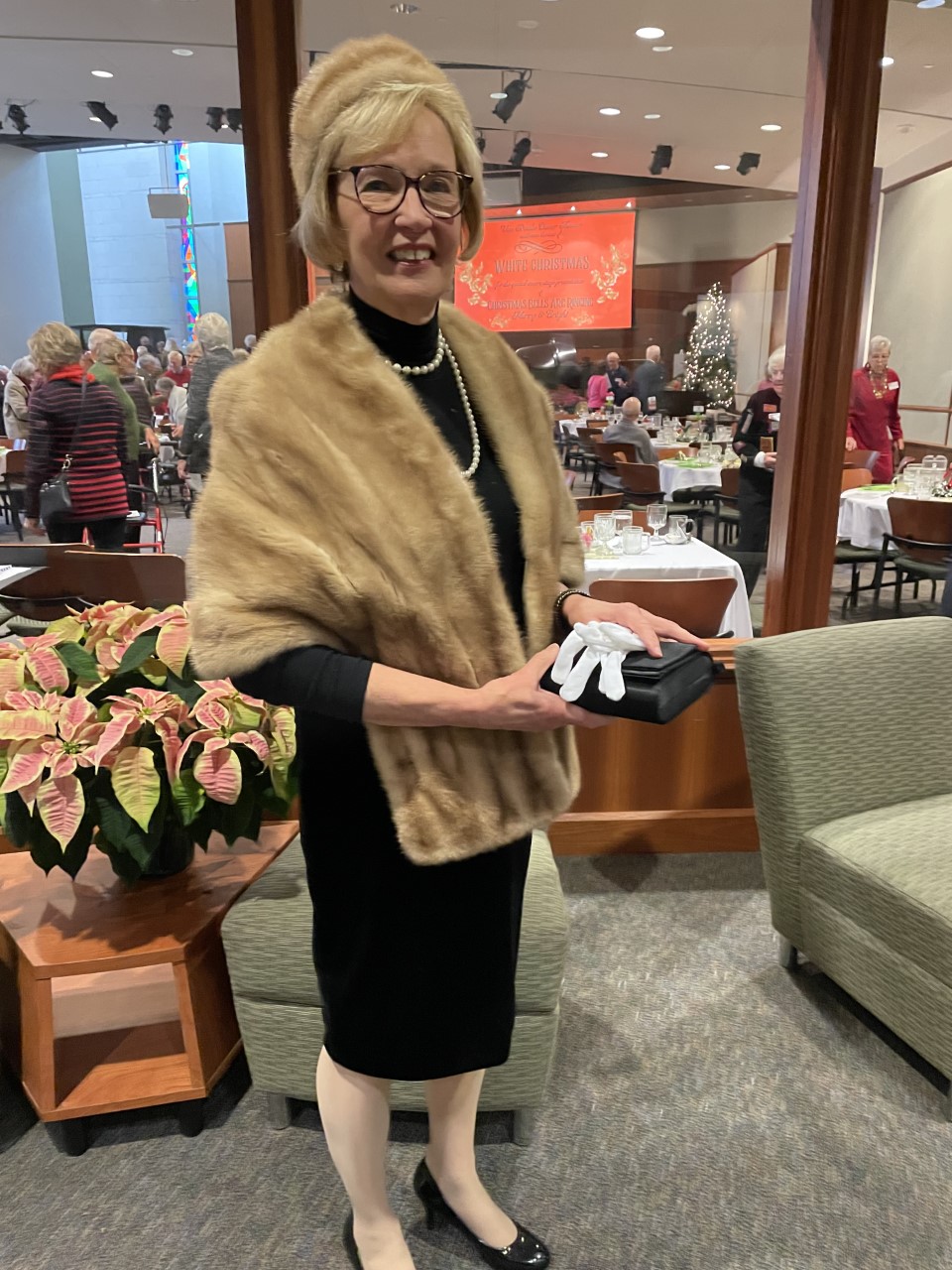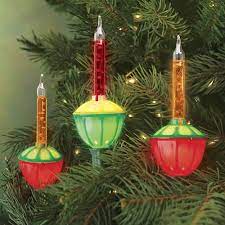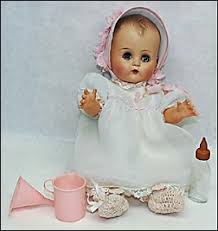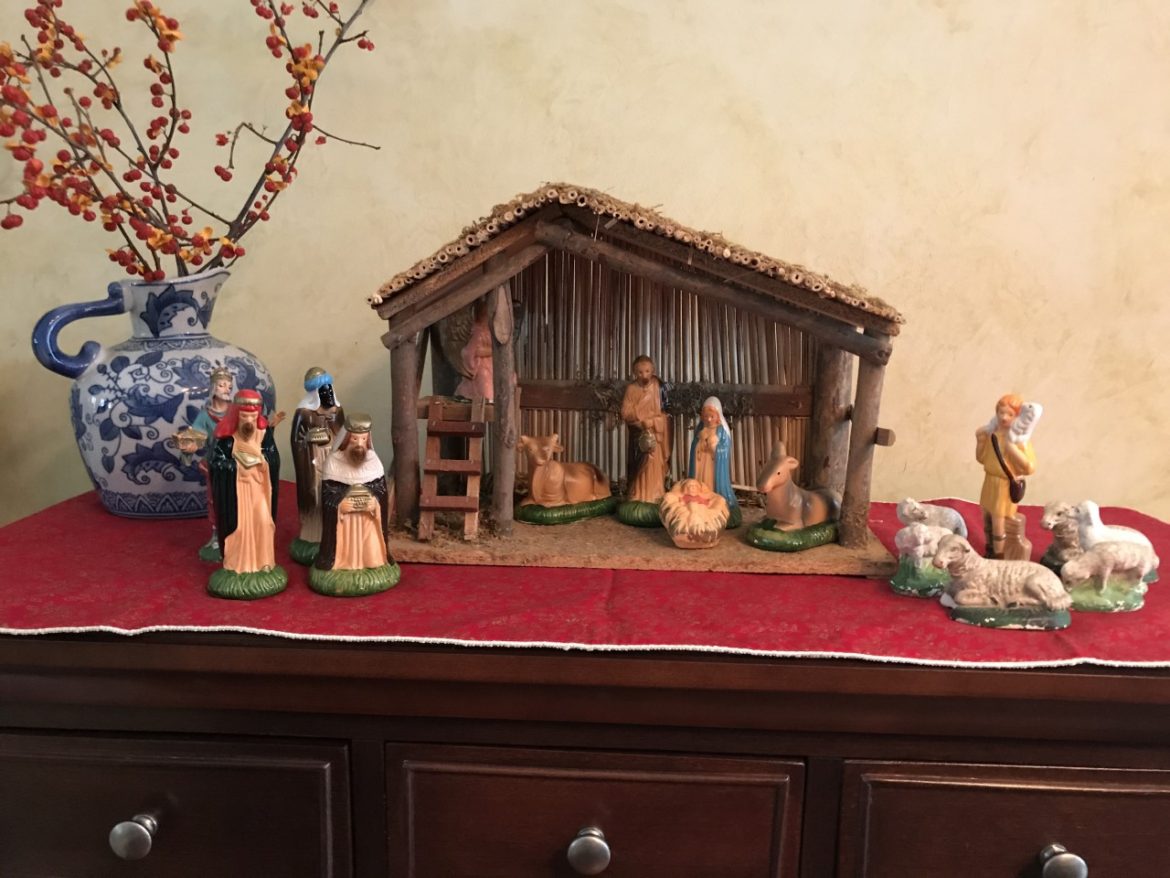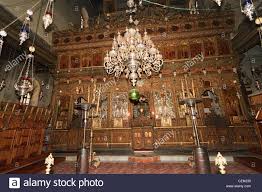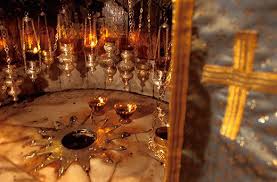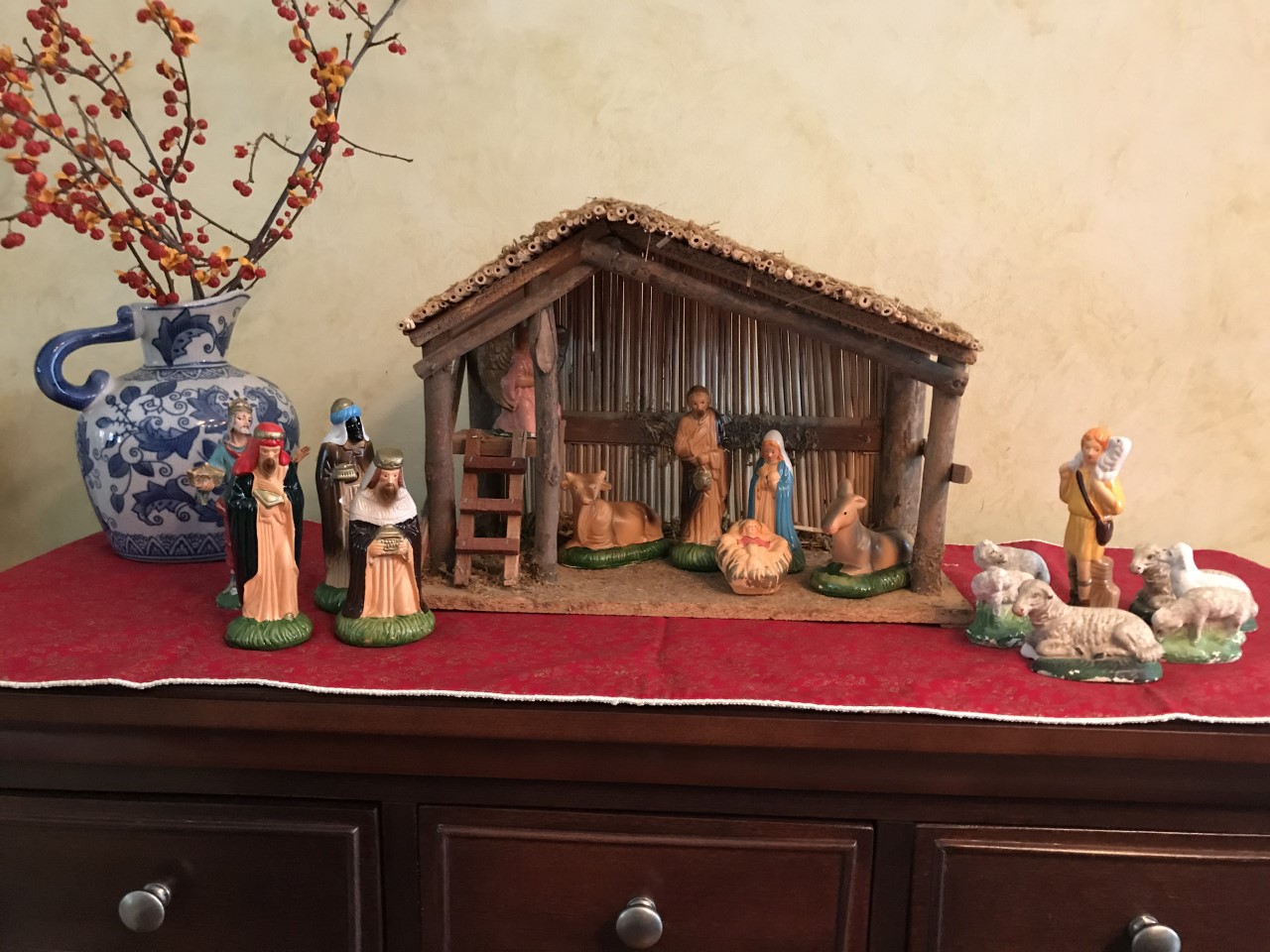The Very Best Christmas Gifts
Do you remember the sweet wonder of Christmas when you were a child? The tree with all its trimmings, Grandma’s cookies, the familiar carols—and Christmas presents! I remember waking up on Christmas morning, so excited to see all the gifts beneath the tree.

Years later, I would run around town shopping for the special toys that my own children wanted for Christmas. A Cabbage Patch doll for my daughter. Lego sets for my sons.


Why spend so much effort? Because we love the special people in our lives and long to experience the joy of watching them open their gifts.
We have a Heavenly Father who loves us even more than we love our children—I know, that seems impossible! He also delights in giving us gifts. The Bible says “Every good and perfect gift is from above, coming down from the Father of the heavenly lights…” So, here are some very special gifts for you:
To: God’s beloved children
From: Your heavenly Father.”
JESUS
We celebrate Christmas every year remembering that “God so loved the world, that He gave His only begotten son.” What wondrous love is this, that moved God to give His Son as a helpless baby so we could become children of God?
When we see the infant Jesus in the manger, we also see the cross. Jesus came to die for our sins, so we could be reunited with our Heavenly Father. “For it is by grace you have been saved, through faith—and this not from yourselves, it is the gift of God—not by works, so that no one can boast.” The gift of Christ is freely offered to each of us. All we need to do is accept it.

THE HOLY SPIRIT
Jesus told His disciples: “Do not leave Jerusalem but wait for the gift my Father promised…” His followers received the gift of the Holy Spirit on Pentecost and received the power to transform the world. We can do the same. Peter preached, “Repent and be baptized…and you will receive the gift of the Holy Spirit.”
The Holy Spirit guides us when we need wisdom; comforts us when we grieve; opens scripture to us so we can understand God’s word; empowers us to live like Jesus; and enables us to be fruitful for His kingdom.
And there is also a gift within this gift. The Holy Spirit gives spiritual gifts to each of us “to do good works, which God prepared in advance for us to do.” Sadly, some people never open or develop their gifts. The Apostle Paul told Timothy “Do not neglect your gift, which was given to you…” “fan into flame the gift of God, which is in you…” All we need to do is freely accept the gift of The Holy Spirit.
These generous gifts would be more than enough, but God gives us even more.
LIFE
He gives us “the gracious gift of LIFE!” Hear these words of the psalmist as if they were spoken directly to you: “For God created your inmost being; He knit you together in your mother’s womb. . . When you were woven together in the depths of the earth, God’s eyes saw your unformed body. All the days ordained for you were written in God’s book before one of them came to be.”
Life is a gift that comes with so much joy! Yet sorrow and loss are also a part of life in a fallen world. Jesus promised, “Never will I leave you; never will I forsake you,” and He hasn’t! We’ve sensed His presence in difficult times. We’ve experienced His care through members of His Body as they’ve used spiritual gifts such as compassion and wisdom.
For those of us who know Christ, whether we look back at our life, or forward to the future, we have the assurance that our life has meaning and purpose. We were created for a reason. We are part of God’s redemption plan that began in Genesis when He promised a Savior, and will continue until the end of the age when “The kingdoms of this world become the kingdom of our God and of His Christ. And he shall reign forever and ever.”
Even though we can’t see how our struggles fit into His plan, we can trust His love and goodness, and “Know that in all things, God works for the good of those who love Him, who have been called according to His purpose.”
So, here we are, in this place and time in history, blessed with life from the Father. A wonderful life. A purposeful life.
And there is still more!
ETERNAL LIFE
Jesus said, “I am the resurrection and the life. He who believes in me will live, even though he dies; and whoever lives and believes in me will never die.” We need only to accept His gracious gift of eternal life.
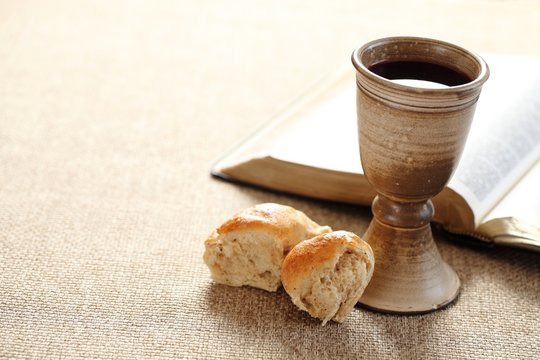
It’s a Christmas Tradition to not only receive gifts, but to give them in return. Yet what gift can we possibly give our Heavenly Father? The hymn writer Isaac Watts summed up my feelings the best when he wrote this:
“Were whole realm of nature mine, that were a present far too small.
Love so amazing, so divine, demands my soul, my life, my all!”
May we offer these gifts to God who has freely given us so much!
- 977
- 11
- 0


